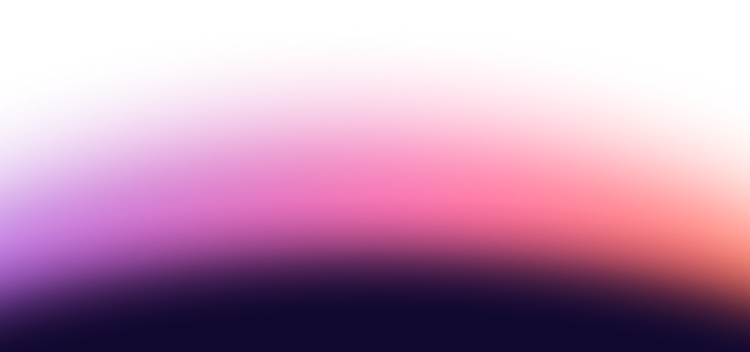“Quantum entanglement” refers to a phenomenon in which two or more particles share a single quantum state, and in which none of the entangled particles have individual quantum states. This phenomenon occurs when particles are brought into close proximity and interact, and particles can also be generated as entangled pairs. No one understands how or why particles become entangled, nonetheless the phenomenon has been observed experimentally, and it can be leveraged for quantum computation, communication, and sensing. An entangled system has several properties that are considered to be unintuitive or even counterintuitive:
- Observing only part of an entangled system, even if just a single particle, reveals information about the remainder of the system.
- Although examples are commonly given with the particles being anti-correlated, e.g., spin up and spin down, they can be correlated, e.g., both spin up or both spin down.
- Once entangled in proximity, the constituent particles can be deliberately spread out across the universe and remain entangled.
- Despite the prohibition of faster-than-light (FTL) communication, operations on part of the system instantly affect the remainder of the system, regardless of distance.
- Through a process called entanglement swapping, particles can become entangled despite not being within proximity of each other and without directly interacting.
- Multi-particle systems can become entangled with other multi-particle systems by entangling parts of both systems.
Along with the concepts of superposition and measurement, entanglement is fundamental to the development of quantum technologies. It is worth taking some time to develop an intuition for what it does and how it is used.
“entanglement is when multiple objects—such as a pair
of electrons or photons—share a single quantum state”
- IEEE Spectrum
To help with that, an IEEE Spectrum article titled “What Is Quantum Entanglement?” provides a highly-detailed sock analogy that describes what entanglement would look like if it could be observed in our macroscopic world. The analogy is then extended to how entanglement would be proven macroscopically, if it could be observed macroscopically. The authors caution, however, that the analogy is only intended to help build an intuition for this concept, and that there is obviously more to quantum mechanics than any analogy can reasonably be expected to cover. A brief history of entanglement’s discovery is also provided.
What is Quantum Entanglement?
As noted in an AIMultiple article titled “Quantum Entanglement: What is it & Why is it Important in 2023?,” quantum entanglement is believed to be the source of exponential computational speedups over classical algorithms. The addition of a single entangled qubit doubles the available state space, whereas the classical equivalent would require doubling the amount of available memory. Imagine that the classical system in question is already a supercomputer; doubling the computational power means adding one qubit to a quantum computer versus adding an entire second supercomputer.
The creation of entanglement, as previously noted, requires qubits to be brought into proximity of each other so they can interact. Therefore, entanglement is also the reason why qubit connectivity is a major issue with building quantum computers. As noted in our article titled “Why Qubit Connectivity Matters,” entangling qubits that are not connected requires the implementation of complicated, error-prone swap operations. With modalities such as neutral atoms connectivity is not an issue, but for some other modalities this can be prohibitive.
While there is no quantum entanglement equation, there are mathematical and visual representations of entangled systems. The most recognizable representations, in no particular order, are bra-ket notation, linear algebra, and the Bloch sphere. Mathematically, the tensor product demonstrates the exponential growth of the quantum state space, the aforementioned source of quantum computational speedups.
Experiments in Quantum Entanglement
Quantum entanglement theory, which is also referred to as Bell's inequality or Bell's theorem, began as a thought experiment by physicist John Stewart Bell to test Albert Einstein's concept of local realism in quantum mechanics. Since then, Bell tests, as they are called, have experimentally determined that local hidden variables do not explain the behaviors of quantum systems.
The most groundbreaking experiments were conducted by Alain Aspect, John Clauser, and Anton Zeilinger. Each independently demonstrated that two particles behave as a single system even after spatial separation. Their work resulted in the three sharing the Nobel Prize in Physics in 2022.
Despite the advancements already realized in quantum computation, quantum communication, and quantum sensing, research is ongoing. Entanglement continues to be demonstrated over farther and farther distances, as well as over a variety of quantum networks, including satellite-based networks. NASA’s upcoming Space Entanglement and Annealing QUantum Experiment (or SEAQUE) is going to test entanglement in space.
Applications of Quantum Entanglement
There are several applications of quantum entanglement in real life. The following list might be relatively short, but each application is actually quite significant:
- Solving certain classifications of problems exponentially faster than is possible with even the world’s most powerful supercomputers
- Enabling quantum communication that is absolutely secure; an interceptor, or eavesdropper, has zero chance of decrypting the message(s)
- Generating cryptographically secure keys for the ultra-secure transmission of classical information
- Compressing classical data such that two bits of classical information are transmitted with each individual qubit that is sent
- Furthering science by demonstrating entanglement with larger and larger quantum systems and over longer and longer distances
One of the interesting phenomena of entanglement, which enables one method of quantum communication, is quantum teleportation. Two qubits that have previously been entangled either through proximity or through entanglement swapping can be used to securely transmit quantum states. More information is available on our “Quantum Teleportation” page.
.webp)


